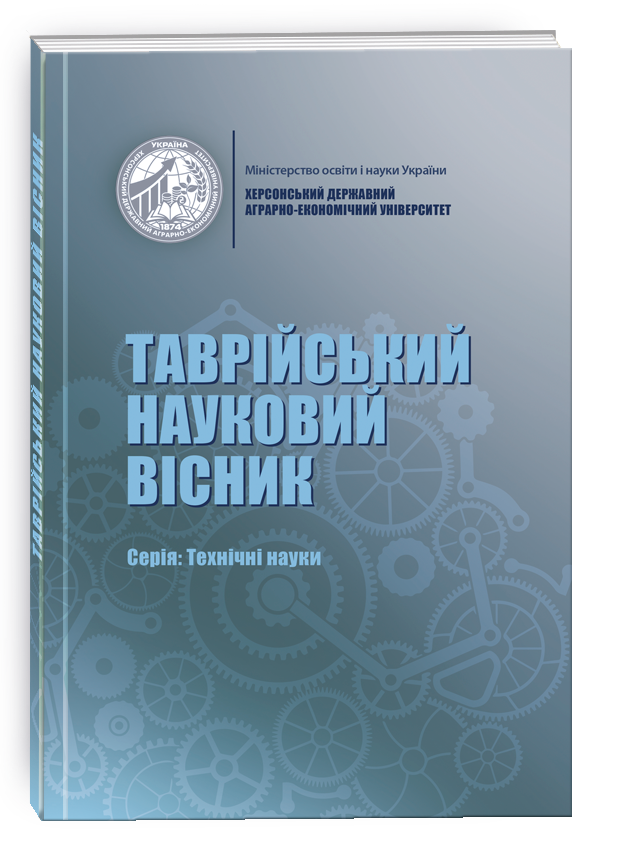РОЗРОБКА ЕМУЛЬГАТОРІВ ДЛЯ КОНДИТЕРСЬКОЇ ПРОМИСЛОВОСТІ
DOI:
https://doi.org/10.32851/tnv-tech.2021.5.1Ключові слова:
харчова промисловість, кондитерські вироби, глазур, фосфатидний концентрат, органолептичні показники, в’язкістьАнотація
Серед кондитерських виробів особливе місце займають глазуровані вироби та шоколад, основними компонентами яких є какао-масло і какао терте, що одержують з імпортної сировини: какао-бобів. Під час виробництва глазурей для кондитерських виробів пильну увагу приділяють зниженню в’язкості композицій і зменшенню витрати какао-продуктів, насамперед какао-масла. Глазур уповільнює процеси окислення, черствіння, потрапляння вологи, у такий спосіб подовжуючи термін придатності виробу, а також забезпечує зовнішню привабливість, композиційну завершеність і смакову палітру продукту. Глазурі для кондитерських виробів є багатокомпонентними сумішами. В розплавленому стані, за якого здійснюються всі технологічні процеси, вони утворюють собою дисперсні системи. Загальновідомими емульгаторами для кондитерської промисловості є фосфатиди. Вони ефективно втримують надлишок води у шоколадних глазурях, дозволяючи таким чином одержати гладку глянсову поверхню шоколадних покриттів і приємний смак. Актуальною є розробка рецептури глазурі з використанням емульгаторів, компонентом яких є сировина вітчизняного виробництва. В роботі розглянута можливість використання продуктів переробки тваринного жиру, а також тропічної олії, яка з кожним роком набуває більшого поширення в нашій країні. З метою розширення асортименту емульгаторів у статті наведено можливість застосування комбінацій фосфатидного концентрату з сумішшю моно- і дигліцеридів тваринного жиру, а також із сумішшю моно-, дигліцеридів тропічної олії. Ця комбінація компонентів застосовувалася в якості емульгаторів у рецептурі глазурі для кондитерських виробів. На підставі проведених досліджень встановлено, що оптимальним та економічно вигідним є додавання комбінації фосфатидного концентрату та суміші моно- та дигліцеридів тваринного жиру до глазурі для кондитерських виробів у кількості 0,4%. Саме це дозування призводить до зменшення в’язкості та не впливає на органолептичні показники готової продукції.
Посилання
Кобзар М.В., Мельников К.О. Характеристика та склад фосфоліпідів соняшникової олії. Вісник Національного технічного університету «Харківський політехнічний інститут». Харків, 2005. С. 99–105.
Harris T.L. Suiface active lipids in foods. Society of Chemical Industry. 1968. № 32. С. 74.
Аспекты применения подсолнечного лецитина в пищевой промышленности / И.С. Глух и др. Наукові праці Одеської національної академії харчових технологій. Одесса : АСТ, 2009. 179 с.
Получение и тенденции применения растительных фосфолипидов / С.А. Ерешко и др. Научно-технический журнал. 2000. № 3–4. С. 34–36.
Болтайхан С., Турабаева М. Разработки технологии производства композиционных биопрепаратов на основе фосфолипидных концентратов растительных масел капсулированных форм гепатопротекторного действия. «Наука и образование-2014» : матер. науч.-техн. конф., г. Астана, 2014. С. 3687–3692.
Крамаренко А.А., Демидов И.Н. Направления применения фосфолипидных продуктов в зависимости от их технологических функций. Вісник Національного технічного університету «Харківський політехнічний інститут». 2007. № 27. С. 78–83.
Биологическая активность соевых фосфолипидов / О.М. Ипатова и др. Биомедицинская химия. 2004. № 50 (5). С. 436–450.
Земелько М.Л., Черваков О.В., Манк В.В. Вплив поверхнево-активних речовин на реологічні властивості шоколадних глазурей. Харчова промисловість. 2015. №. 17. С. 35–39.
Філінська Т.Г. Технологія переробки вторинної жирової сировини у продукти багатоцільового призначення : автореф. дис. … канд. техн. наук : 05.18.06 «Технологія жирів, ефірних масл і парфумерно-косметичних продуктів» ; Український державний хіміко-технологічний університет, 2013. 23 с.







